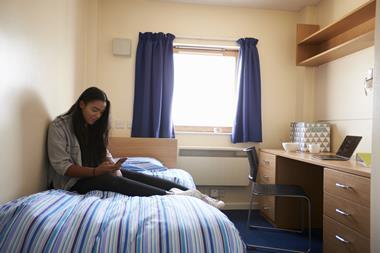
However, you would be mistaken for thinking that modular construction is a one-stop shop to solve our housing problem. Actually, modular housing is only one part – albeit a very important part – of the solution and if we are to help the 8.4 million people in the UK living in unsuitable, unaffordable homes, there is much more that must be done to combat this crisis.
For example, while attitudes may have swung to favour modular at government level, developers continue to favour luxury over affordable developments. The government has committed to delivering more affordable homes in the next decade and if we are to achieve this, developers must be incentivised to refocus on such projects.
To this end, we need a new funding model to attract the significant pools of capital to help build the new homes this country needs. If a package could be established to attract long-term institutional capital into the industry, it could help ensure more low-cost, accessible homes where the shortage is most acute.
As our cities grow denser, we must also consider where we can build these new homes. Often seen as a politically sensitive suggestion, the green belt – as it is currently defined – arguably could go a long way to help this. Indeed, much of the land currently classified as green belt is simply brownfield with little environmental value. We would benefit from re-examining how the term is applied to ensure useful land is not left unused.
So we may be close to cracking modular, but I urge industry and government not to overlook the other changes needed to encourage the development of more affordable homes, so we can also crack the housing crisis.
Rich Hyams, director and founder, astudio





























No comments yet